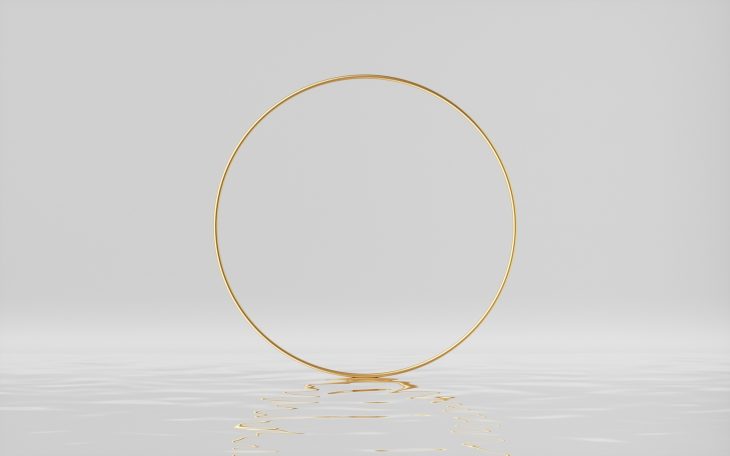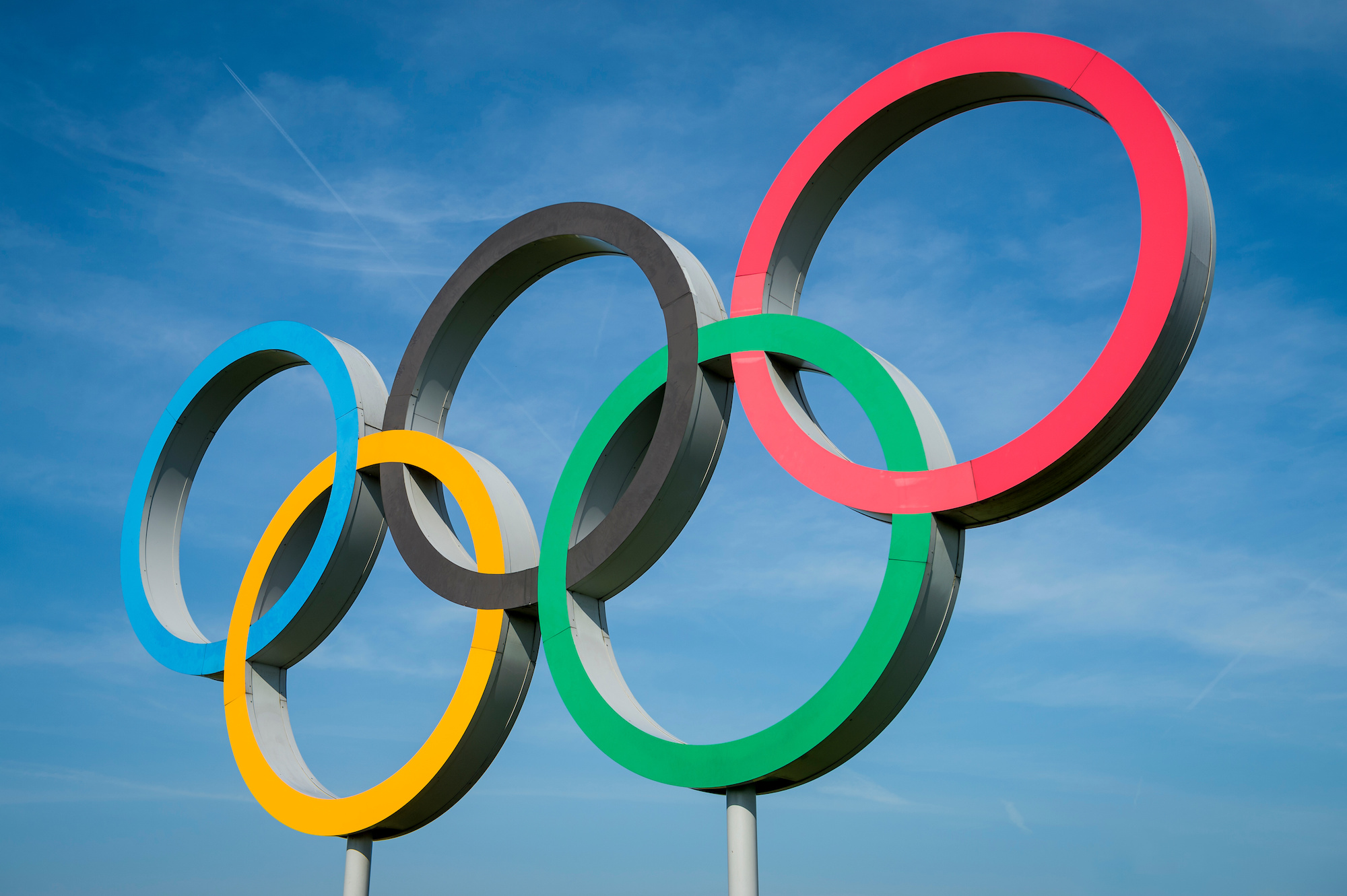
Geometry is a fascinating branch of mathematics that explores the properties and relationships of shapes and figures. Among the fundamental concepts in geometry is the circle, a perfectly symmetrical shape that has captivated human minds for centuries. In this article, we will delve into the intriguing world of circles and unveil a plethora of fun and insightful facts that will leave you amazed. So, let’s embark on this geometric journey and unravel the wonders of circles!
What is a Circle?
A circle is a closed curve consisting of all points in a plane that are equidistant from a fixed center point. It is defined by its radius, which is the distance from the center to any point on the circle’s circumference. Circles are incredibly symmetrical, and their unique properties have made them a subject of fascination in various fields, including mathematics, art, and design.
History and Symbolism of Circles
Circles have held profound symbolism in cultures throughout history. The ancient Greeks considered the circle to be a symbol of perfection and divine symmetry. In Hinduism and Buddhism, the mandala—a circular geometric pattern—represents the universe and spiritual wholeness. Circles have also been associated with unity, infinity, and cyclicality, representing the eternal and interconnected nature of life.
Pi (π)
The ratio of a circle’s circumference to its diameter is a mathematical constant known as Pi (π). It is an irrational number, approximately equal to 3.14159, and has been calculated to billions of decimal places.
Circular Logic
The phrase “going in circles” is often used to describe a situation where no progress is made. Interestingly, it has its roots in ancient Greek philosophy, referring to a logical fallacy known as “circular reasoning.”
Crop Circles
Mysterious patterns that appear in crop fields overnight, known as crop circles, have intrigued and puzzled many. While some crop circles are believed to be the result of natural phenomena, others are attributed to human creation or extraterrestrial activity.
Olympic Rings
The five interlocking rings seen in the Olympic Games symbolize the five continents coming together in friendly competition. Each ring represents a different continent: Africa, the Americas, Asia, Europe, and Oceania.

Circle of Life
In Disney’s iconic movie “The Lion King,” the song “Circle of Life” expresses the concept of life’s interconnectedness and the perpetual cycle of birth, growth, and death.
Radius and Diameter
The radius of a circle is the distance from the center to any point on the circumference, while the diameter is twice the length of the radius.
Circumference
The circumference of a circle is the distance around its perimeter. It can be calculated using the formula: Circumference = 2πr, where r is the radius.
Area
The area of a circle can be determined using the formula: Area = πr², where r is the radius.
Tangent
A tangent to a circle is a line that intersects the circle at a single point, known as the point of tangency. It is perpendicular to the radius at that point.
Chord
A chord is a line segment that connects two points on the circle’s circumference. The diameter is the longest chord in a circle, while a chord that passes through the center is called the diameter.
Wheels
The wheels on vehicles, bicycles, and roller skates are circular, allowing smooth motion and minimizing friction.
Coins
Coins, such as pennies, dimes, and quarters, are circular in shape. Their round shape helps prevent counterfeiting by making it difficult to replicate the intricate details.
Planets
The celestial bodies in our solar system, such as the Earth, the Moon, and the Sun, appear as circles when observed from a distance.
Clocks
Analog clocks and watches typically have circular faces, with the hands rotating around the center to indicate time.
CDs and DVDs
Compact discs (CDs) and digital versatile discs (DVDs) have circular shapes, allowing for efficient storage and retrieval of data.
The Colosseum
The Roman Colosseum, an iconic amphitheater, features a circular shape with multiple concentric rings of seating. It was a venue for gladiatorial contests, public spectacles, and other events.
St. Peter’s Basilica
Located in Vatican City, St. Peter’s Basilica boasts a massive circular dome that dominates the skyline of Rome. The dome’s construction required innovative engineering techniques during the Renaissance period.
Crop Circles as Art
While some crop circles may be natural or of unknown origin, many intricate patterns created in crop fields are the result of human artistic endeavors. These designs often feature complex geometric shapes, including circles.
The Great Circle of Stonehenge
Stonehenge, a prehistoric monument in England, contains a circular arrangement of massive stones. Its purpose and significance continue to spark debate among archaeologists and historians.
Conclusion
Circles have an inherent elegance and harmony that have captivated human imagination for centuries. From their rich symbolism and mathematical properties to their presence in everyday life and artistic expressions, circles truly embody the wonders of geometry. So the next time you encounter a circle, whether it’s a wheel, a coin, or a beautiful architectural structure, take a moment to appreciate its beauty and the secrets it holds within its symmetrical embrace.
Frequently Asked Questions (FAQs)
Why is pi important in circle calculations?
Pi (π) is important in circle calculations because it represents the relationship between a circle’s circumference and its diameter. It is a mathematical constant that allows us to accurately calculate the circumference, area, and other properties of circles.
Are there any practical applications of circles in daily life?
Yes, circles have numerous practical applications in daily life. For example, they are essential in designing wheels for vehicles, creating circular motion in machinery, and developing circular structures that maximize stability and strength.
How are circles used in art and design?
Circles have long been used in art and design to convey harmony, balance, and aesthetic appeal. They appear in various forms, such as circular patterns, mandalas, and circular motifs in architecture, painting, and sculpture.
Can you provide examples of famous circle-based logos or symbols?
Certainly! Some well-known logos and symbols that incorporate circles include the Target bullseye, the BMW logo, the Olympic rings, and the Mastercard symbol. These designs utilize circles to convey various meanings, such as precision, unity, and global presence.
Are there any famous mathematical theorems or formulas related to circles?
Yes, there are several famous mathematical theorems and formulas related to circles. These include the Pythagorean theorem, which relates the sides of a right triangle to the radius of the circle circumscribed around it, and Euler’s formula, which connects the number of vertices, edges, and faces of a polyhedron with the circle’s radius and surface area.
Was this page helpful?
Our commitment to delivering trustworthy and engaging content is at the heart of what we do. Each fact on our site is contributed by real users like you, bringing a wealth of diverse insights and information. To ensure the highest standards of accuracy and reliability, our dedicated editors meticulously review each submission. This process guarantees that the facts we share are not only fascinating but also credible. Trust in our commitment to quality and authenticity as you explore and learn with us.
